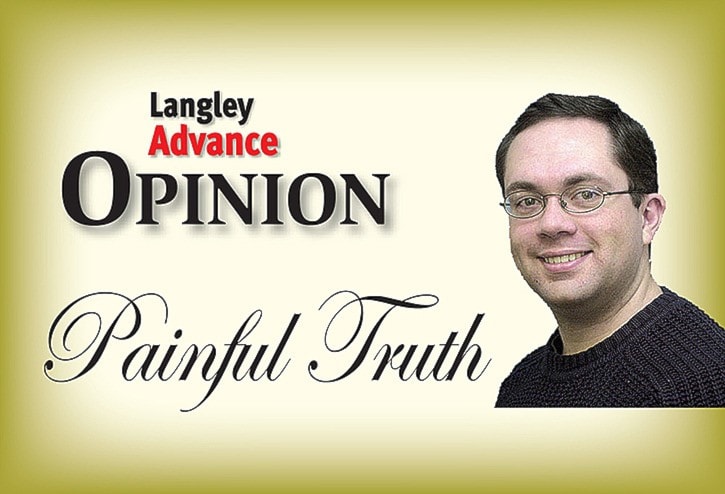Everything you know about dinosaurs is wrong.
Okay, not everything. If you knew that dinosaurs first evolved in the Triassic period, diversifying into numerous species both large and small, you’re still good. You knew that many had feathers? That birds are their living descendants? That they were cool and it’s a darn shame that a big old comet put an end to them?
Then we’re on the same page.
But on March 22, a paper in the journal Nature basically suggested that the entire family tree of dinosaurs is wrong – and has been wrong for almost 130 years.
Back in 1888, H.G. Seeley was looking at some dinosaur bones and decided that, based on the shapes of the pelvises, there were two major groups: the saurischians (lizard hipped dinos) and the ornithiscians (bird hipped). The saurischians included pretty much every major carnivorous dinosaur you can name, from Tyrannosaurus rex to Velociraptor mongoliensis, plus their relatives, the birds. It also included the big long-necked, long-tailed sauropods like apatosaurus and brachiosaurus.The ornithiscians were mostly plant eaters, with triceratops and anykylosaurs and stegosaurus in that branch.
But the Nature paper, by Cambridge’s Matthew Baron and his team, suggests that’s all wrong. They did a massive computer-assisted analysis of 74 early dinosaur species, mapping and comparing 457 distinct characteristics of their skeletons.
The computer spat out a novel result. The sauropods, those long-necked browsers? They were off in their own family, along with a small group of early meat-eating dinos related to Herrerasaurus.
The other carnivores, and the stegosaurs and duckbilled dinosaurs and all those medium-sized plant eaters? Now closer cousins than before.
So, why is this important?
Aside from the fact that, if the paper holds up under scrutiny, it will re-write all the textbooks, it’s a great example of how science works.
Most of the time, the big stuff is settled – the speed of light, germ theory, the earth is round, etc. But sometimes you do get a big, sudden titanic shift as someone discovers something new.
A few weeks ago, we learned about a nearby solar system with a string of planets that might be habitable. When I was a kid, no one could even say with certainty that other planets existed! No one had ever directly observed them. Now we have, hundreds of them.
It’s the same with dinosaurs. We’re always finding new species. South America and China have become gold mines for new species, which are expanding our knowledge of the history of life on our planet.
This is the great thing about science. On Wednesday, a lot of researchers threw up their hands, and joked, and shared photos of their old textbooks sitting in trash bins.
And some of them will be poking holes in the Nature paper. Some will look at it and agree. But if it holds up, after all that poking and prodding, it will become the best accepted theory. Just like the old family tree was the best accepted theory until someone came along with better information.
That’s what science is all about. It’s about proving things to the best of your ability in a messy, imperfect world. And it’s about being willing to accept that you might be proved wrong yourself, later.
So the next time you find yourself at a dinosaur family reunion, remember that the predators and the herbivores may be closer than you thought. Until the next paper comes out.
